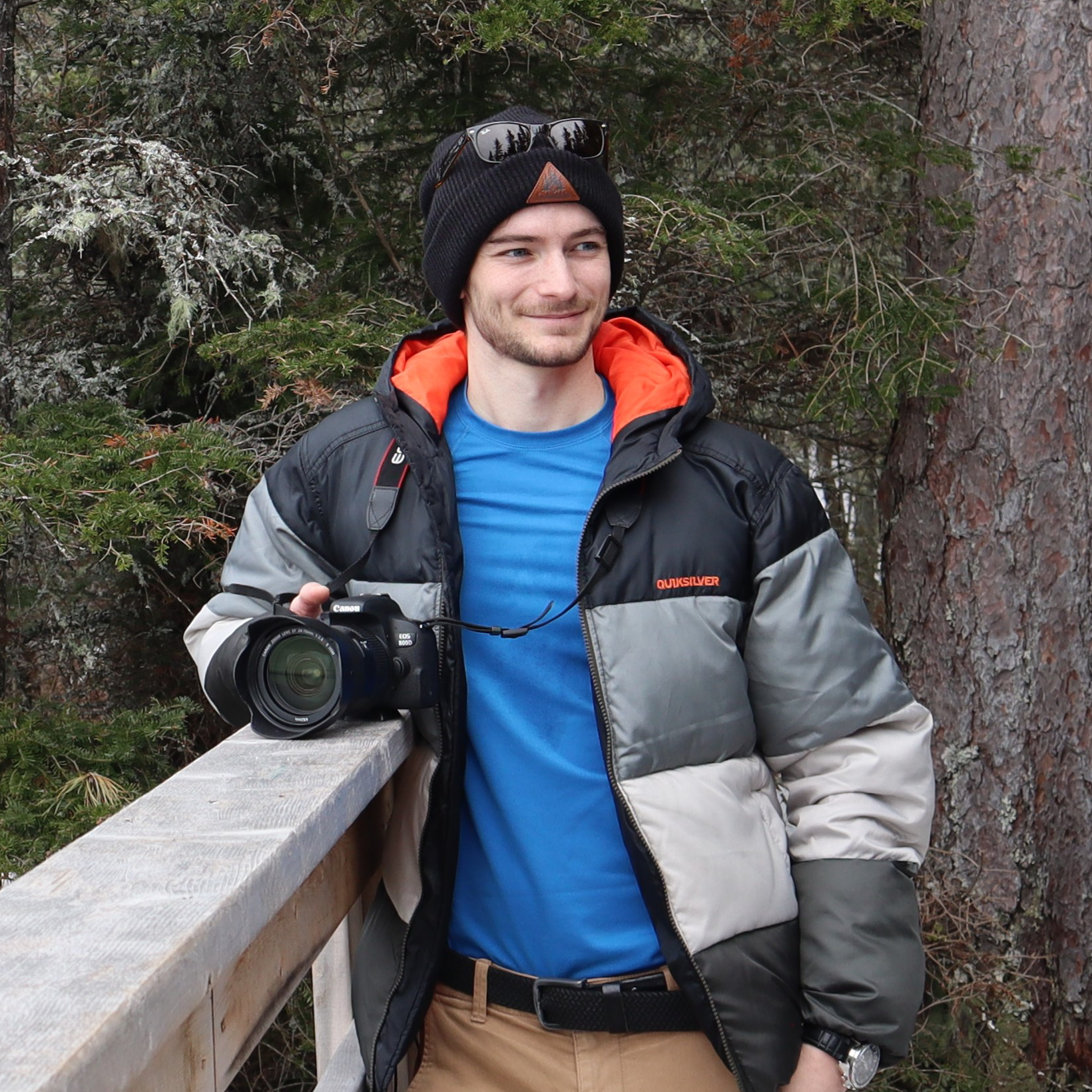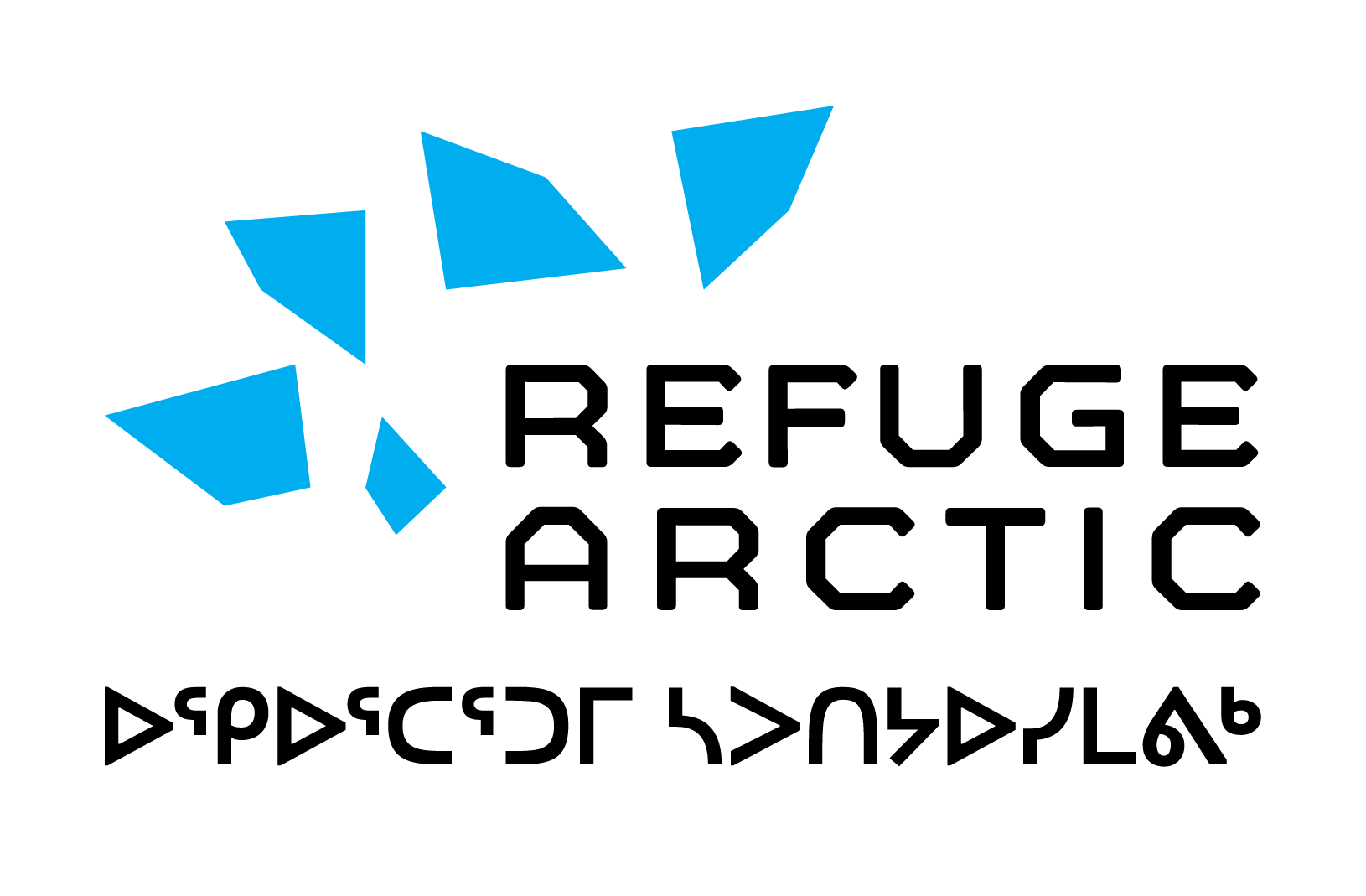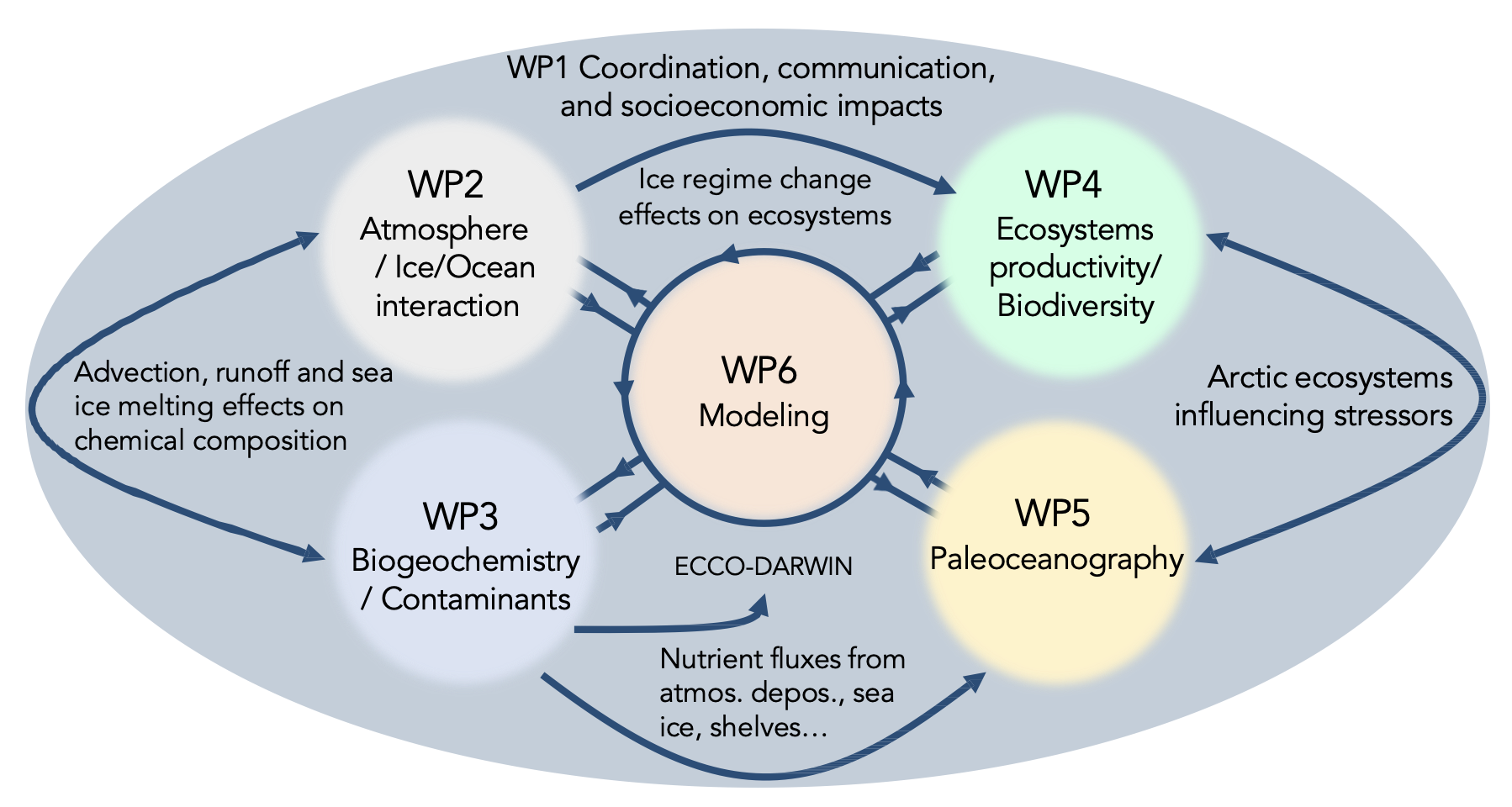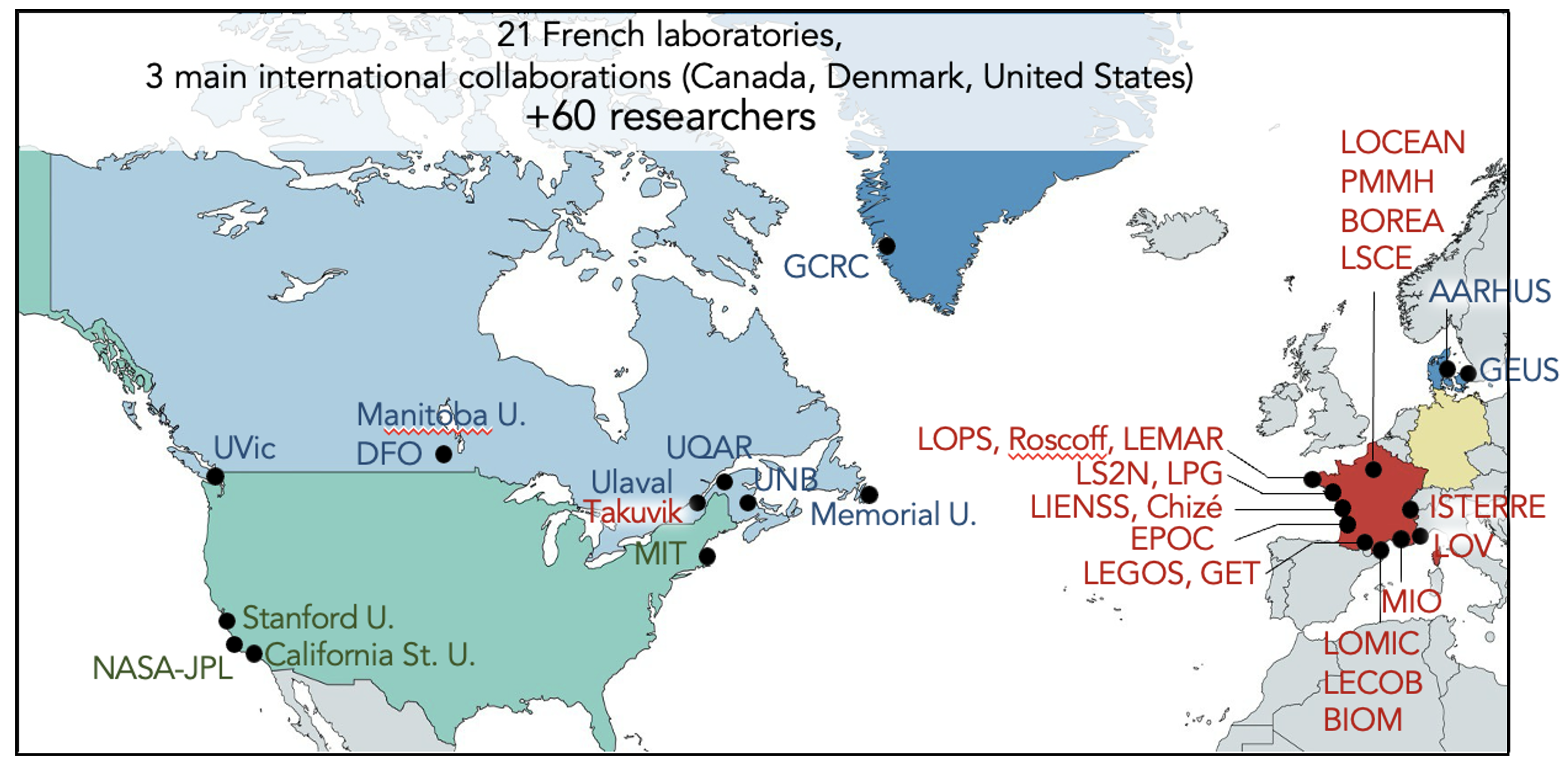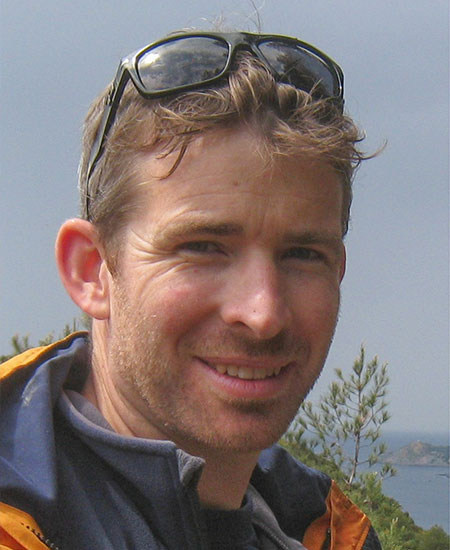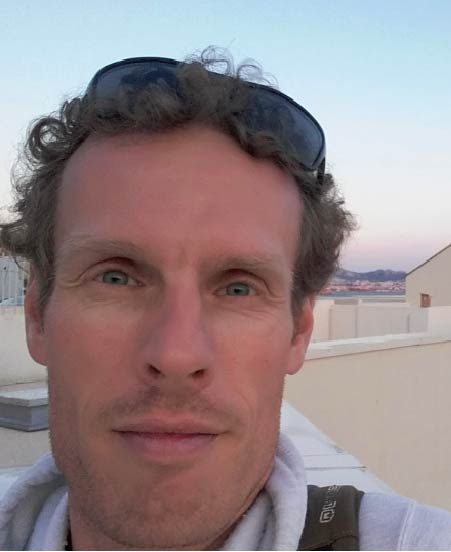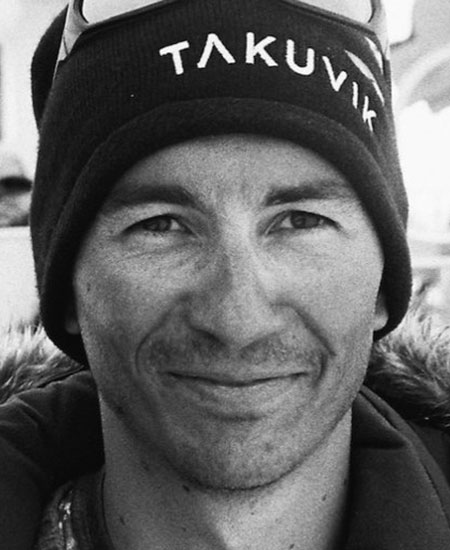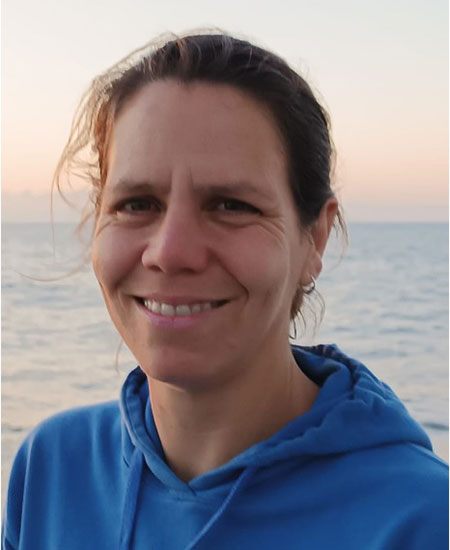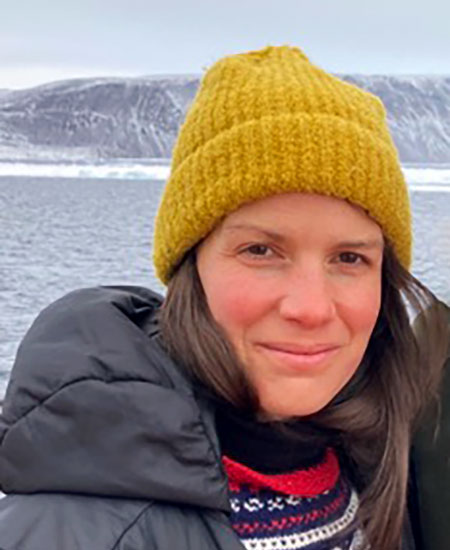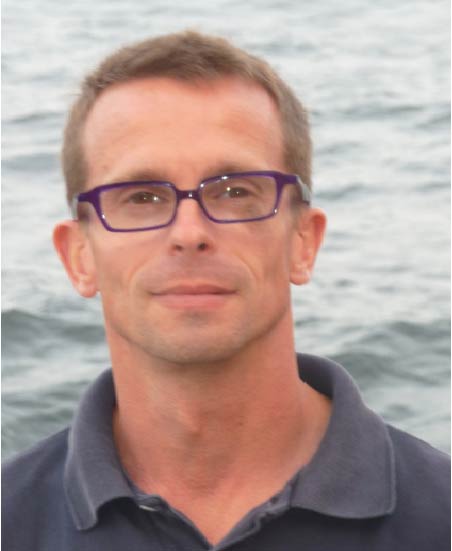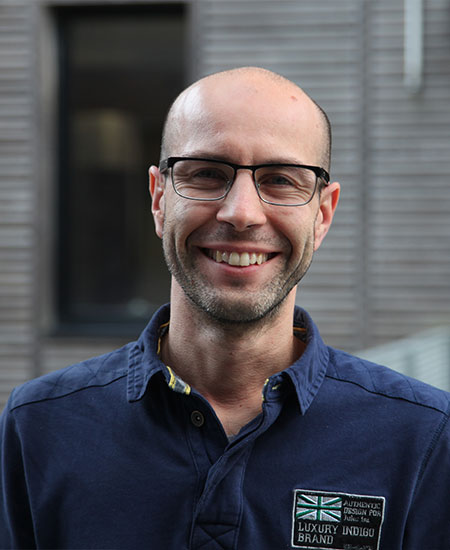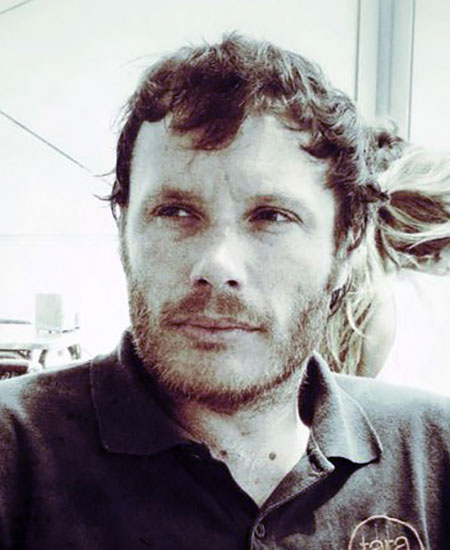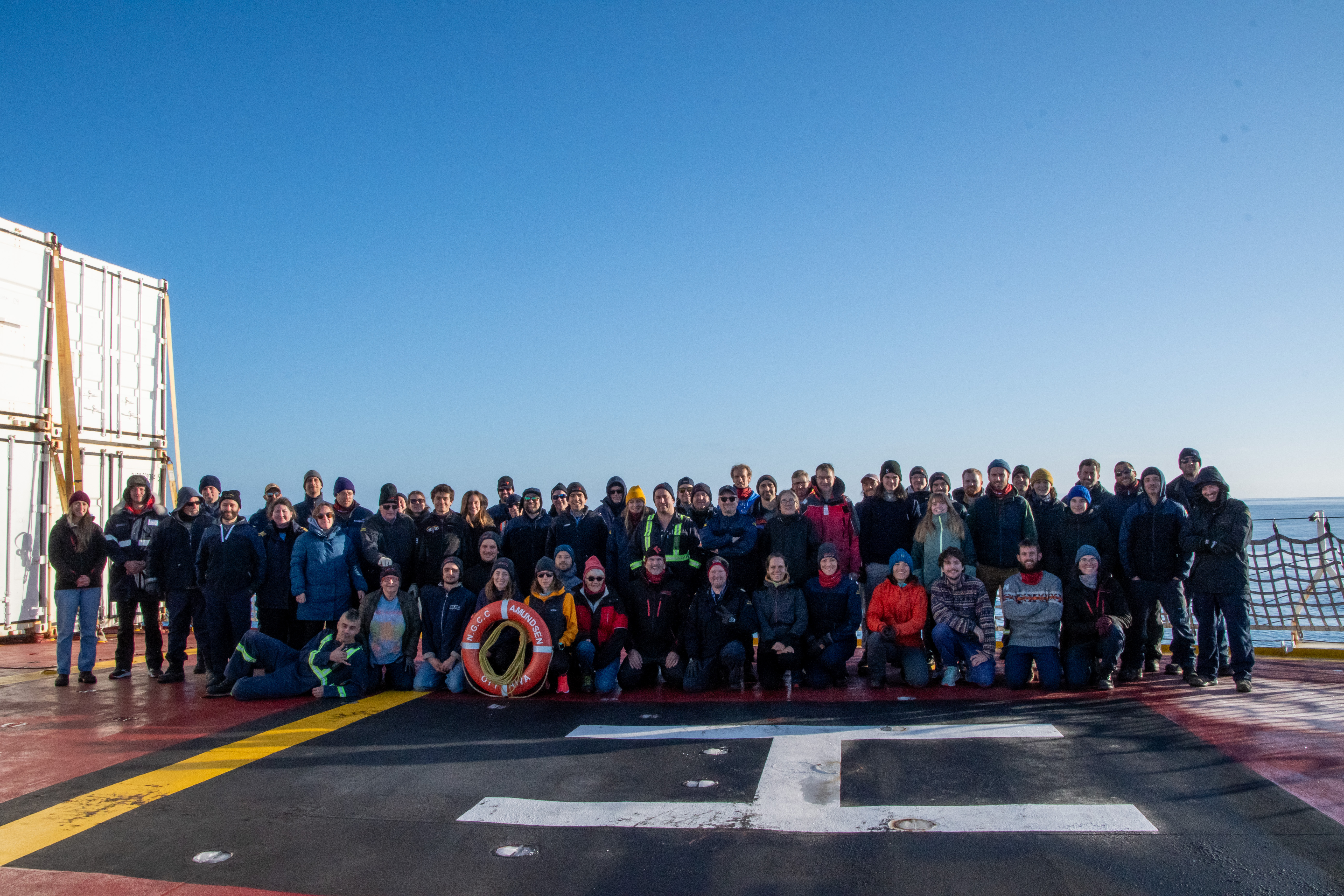Organized as a large consortium (21 French laboratories with strong Canadian, Danish and US partnerships), REFUGE-ARCTIC team is large and combines many expertises:
- The physics team (ISTERRE, LOCEAN, LOPS, Takuvik, Aarhus U., Manitoba U., UQAR) is a synergistic combination of experts covering physical oceanography, sea ice dynamics and optics, and glaciology.
- The geochemical team (GET, MIO, LSCE, LOCEAN, LEGOS, IGE, Takuvik, UVic) uses geochemical trace element and isotope tracers that provide unique information about the sources, exchange processes and fluxes of elements, nutrients and contaminants at the ocean interfaces.
- The marine productivity and biodiversity team (BIOM, LECOB, LEMAR, LOMIC, MNHN, Roscoff, Takuvik, DFO, MUN, Stanford U, U. of Oslo) will combine their expertise to assess the effects of all these processes on the activity and diversity of biological communities from almost all trophic levels, helping underpin their role on element cycling and providing the background knowledge to understand future changes in biodiversity.
- The paleoceanography team (EPOC, LOCEAN, LPG, LSCE, Aarhus U., GEUS, UNB, UQAR) will reconstruct the paleo-dynamics of sea ice, ice caps and associated marine terminating glaciers and their implications on the functioning of the local ecosystem of the northern sector of Nares Strait and Lincoln Sea.
- The modeling team (LIENSs, LOCEAN, LS2N, Takuvik, AWI, CSU, MIT, NASA-JPL) will interface with all other work packages. It brings along transdisciplinary modeling expertise necessary to disentangle the diverse mechanisms operating at various scales of complexity responsible for the plankton responses to glaciers-sea ice-ocean interactions.
REFUGE-ARCTIC will contribute to the international effort to sample an unexplored region of the AO and understand past, present and future changes in the Arctic, assess impacts, and inform Arctic and global communities by providing comprehensive information and a benchmark to protect the Arctic environment and its ecosystems.
A large international consortium
REFUGE-ARCTIC LEADERS
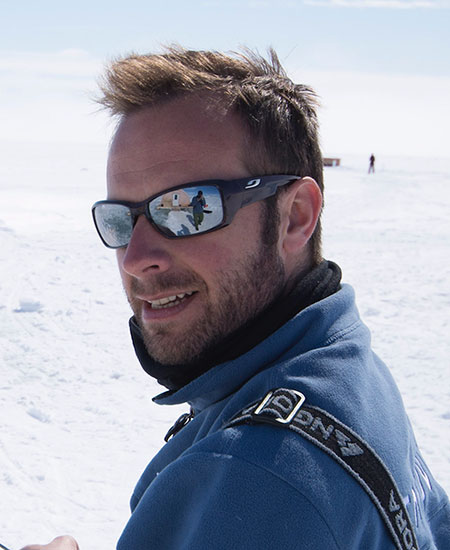
Mathieu Ardyna
PI & WP2 - Biogeochemical cycles and contaminantsMathieu Ardyna is a biological oceanographer interested in understanding phytoplankton dynamics in polar environments. His main research focuses are on how environmental drivers and changes are altering phytoplankton phenology, productivity and structure in polar waters.
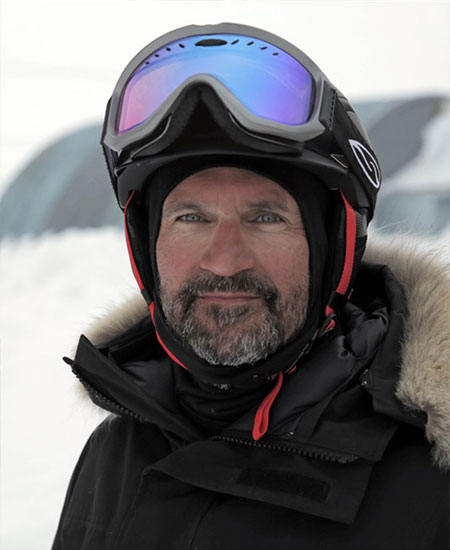
Marcel Babin
Co-PI & WP1 - Atmosphere-ocean-ice dynamicsMarcel Babin is a senior biological oceanographer and an expert in marine optics and microalgal photophysiology. His research includes radiative transfer simulations, lab and field work on microalgal photosynthesis and growth, and experimental and theoretical studies on seawater optical properties.
The WP leaders
Early Career Researchers
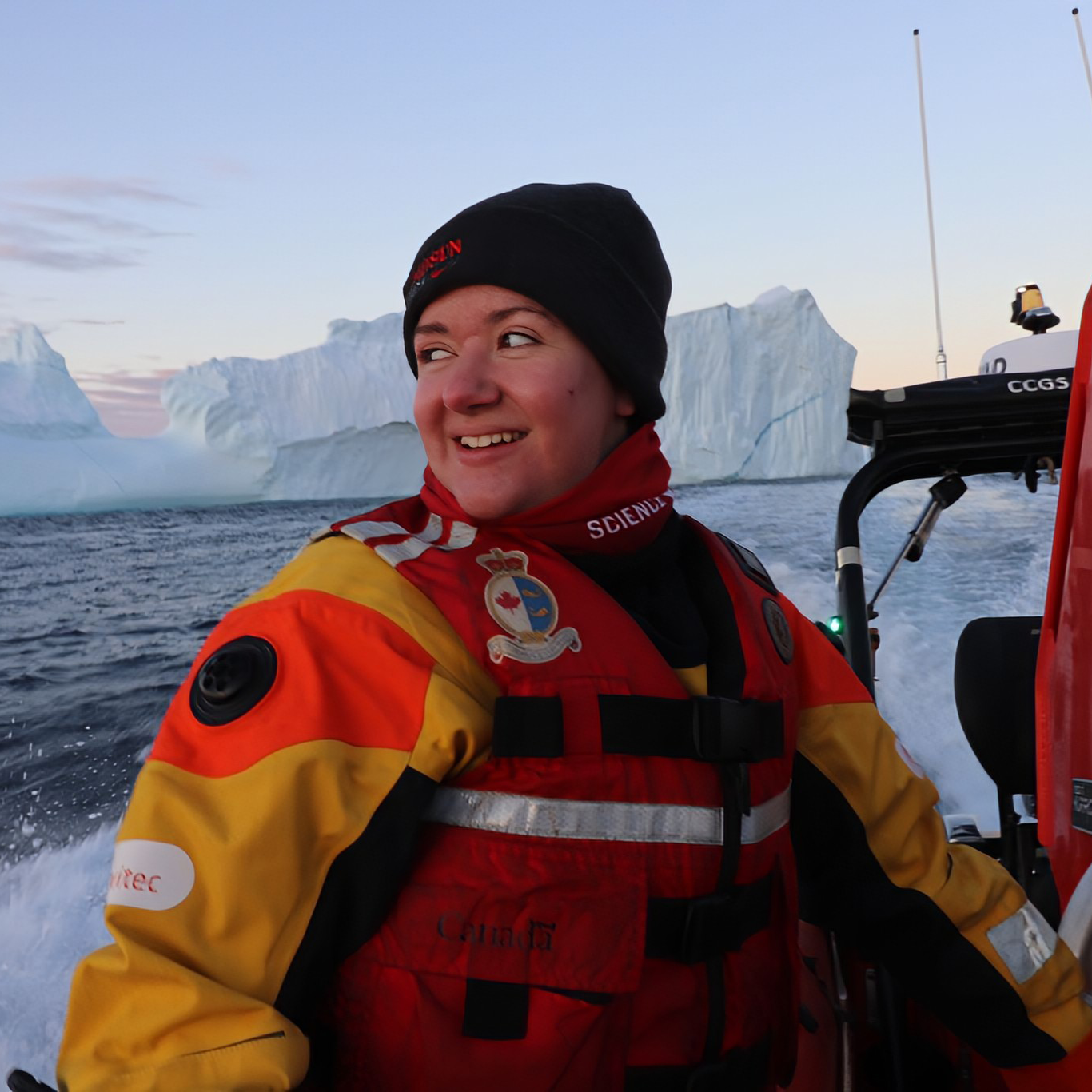
Tia Anderlini
PhD Candidate"My project focuses on the distribution of trace metals in marine waters of the Canadian Arctic Archipelago and Baffin Bay"
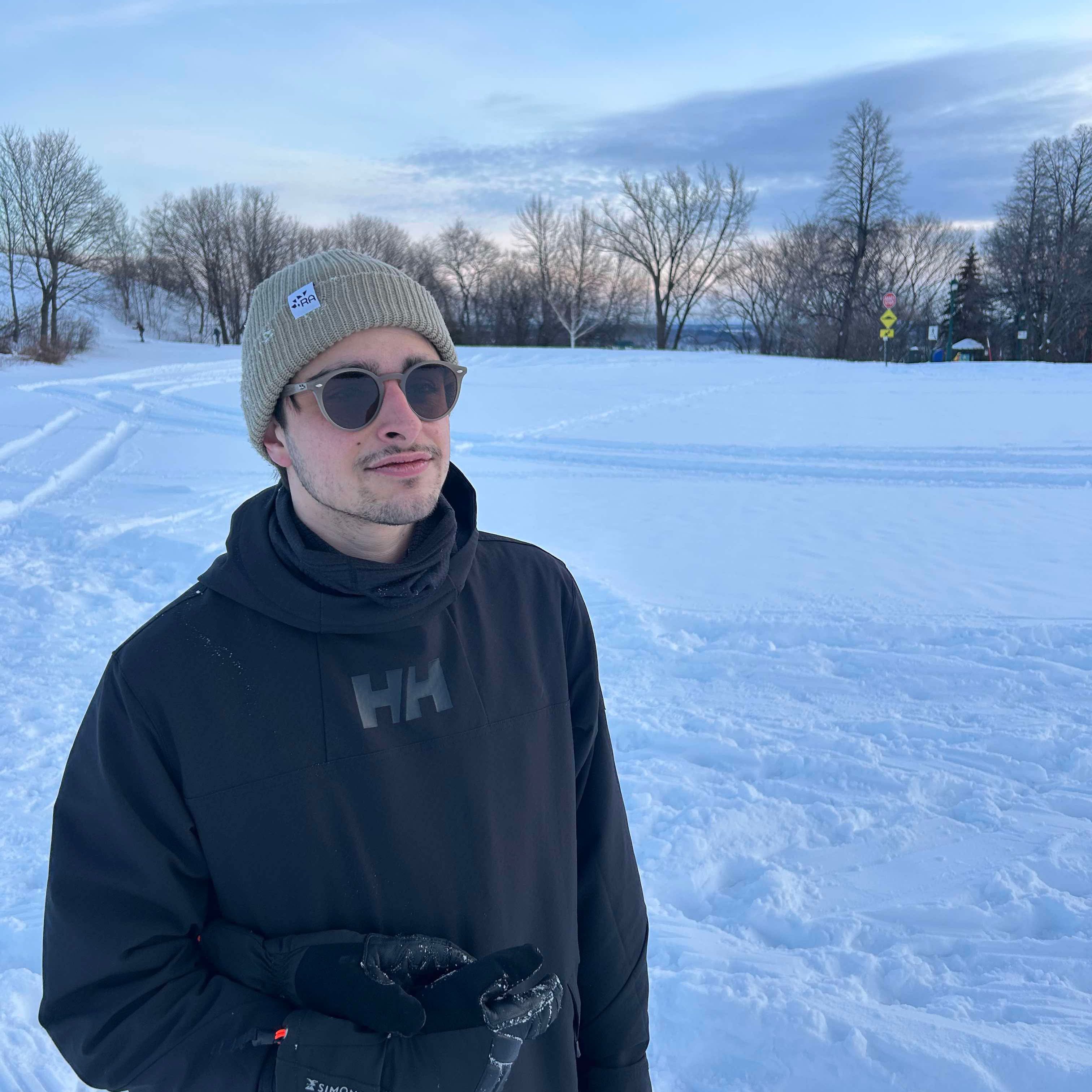
Guillaume Barut
PhD Student"My PhD focuses on understanding water mass dynamics and their influence on macro-nutrients and phytoplankton distribution in Nares Strait"
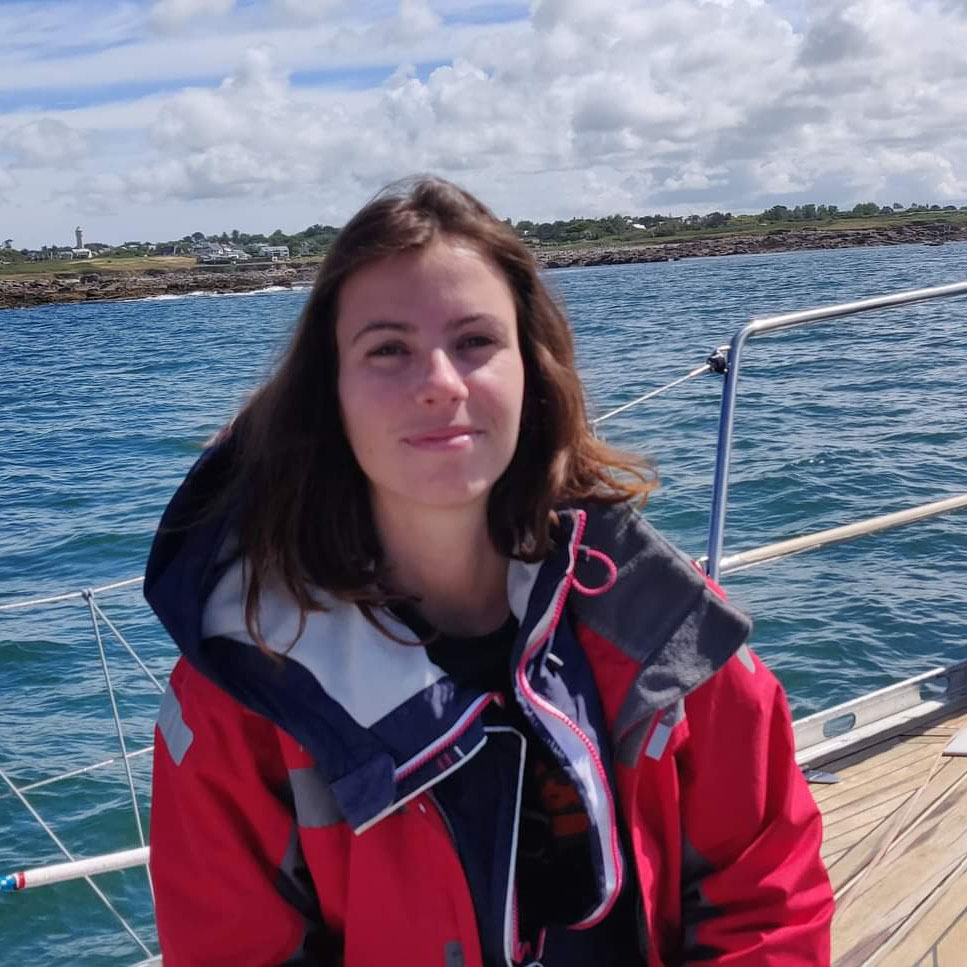
Clémence Blais
PhD Student"My project focuses on the two main pathways of mixotrophy in phytoplankton: osmotrophy and phagotrophy"
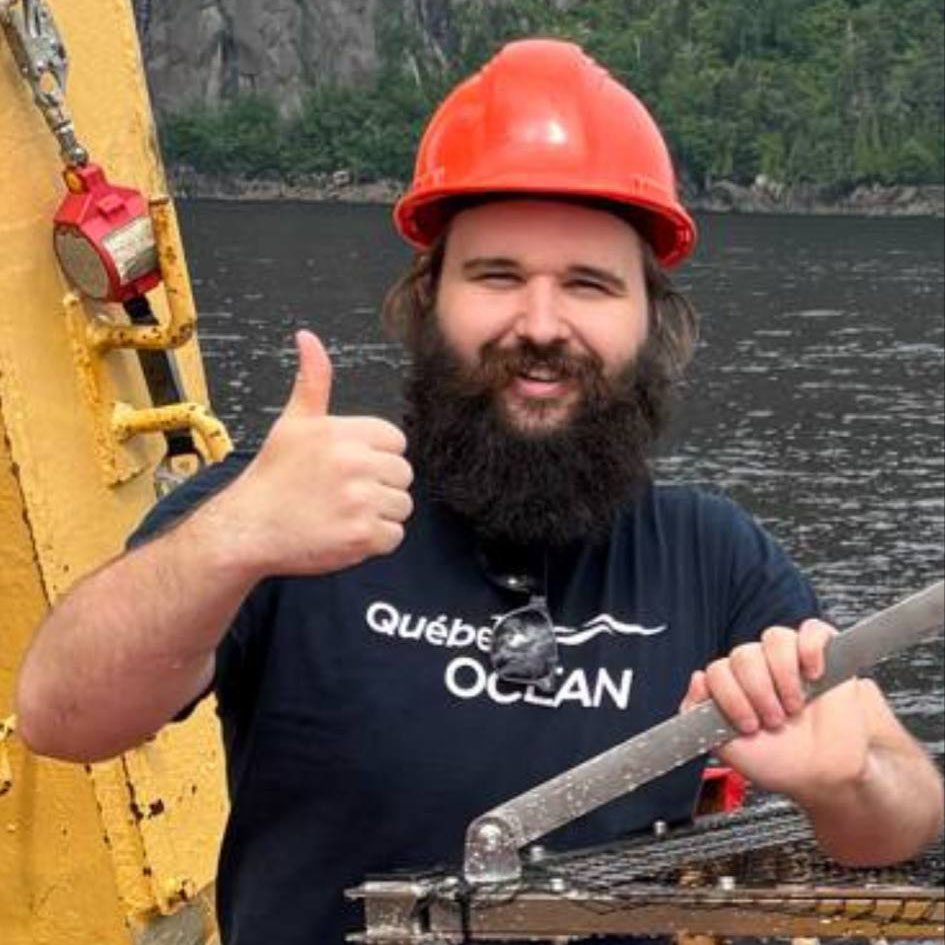
Guillaume Blais
PhD Student"My PhD project aims to better understand how climate change influences the biodiversity and functioning of benthic communities, essential for nutrient recycling and carbon remineralization"
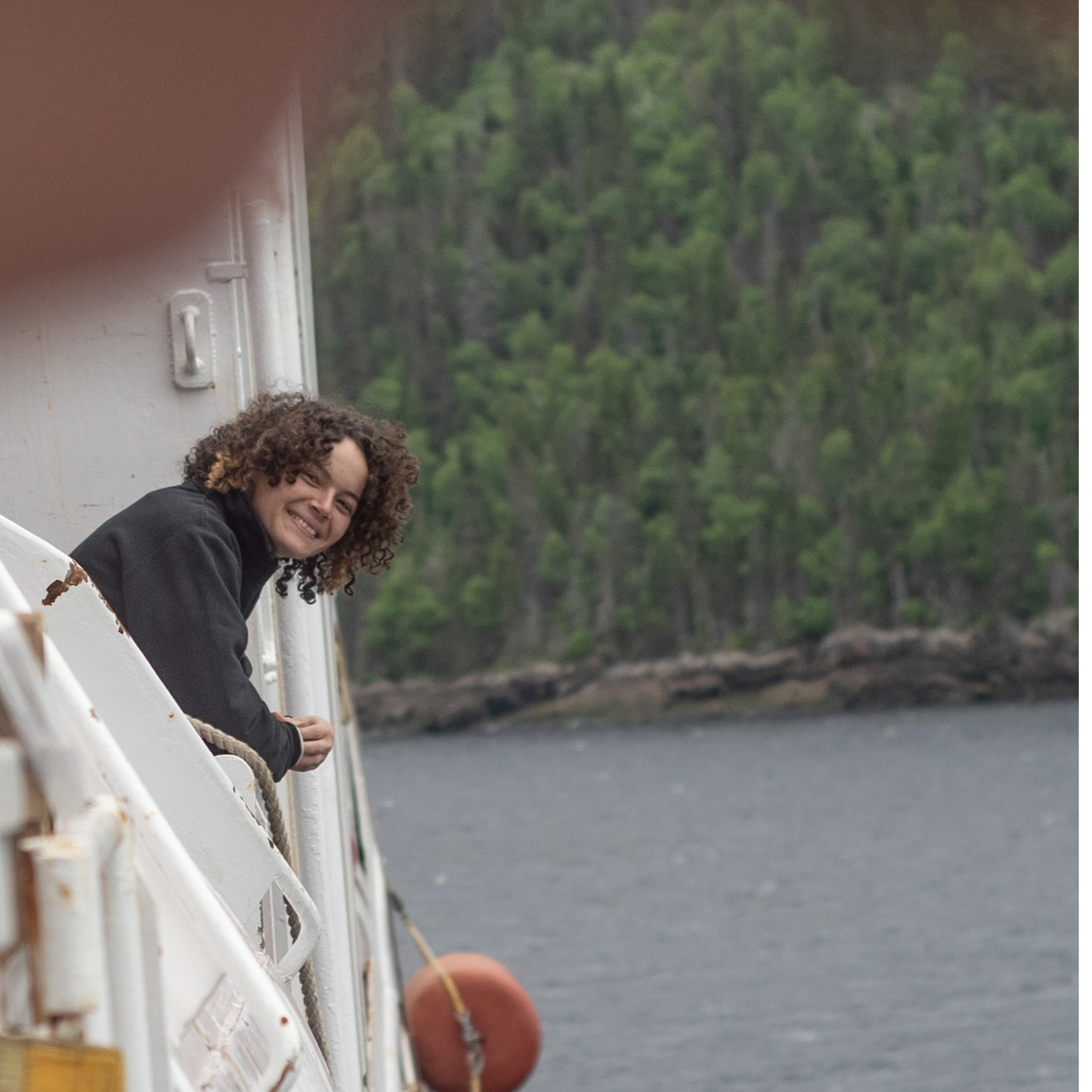
Lena Bodiguel
PhD Student"My project focuses on the phytoplankton community dynamics in the Arctic Ocean"
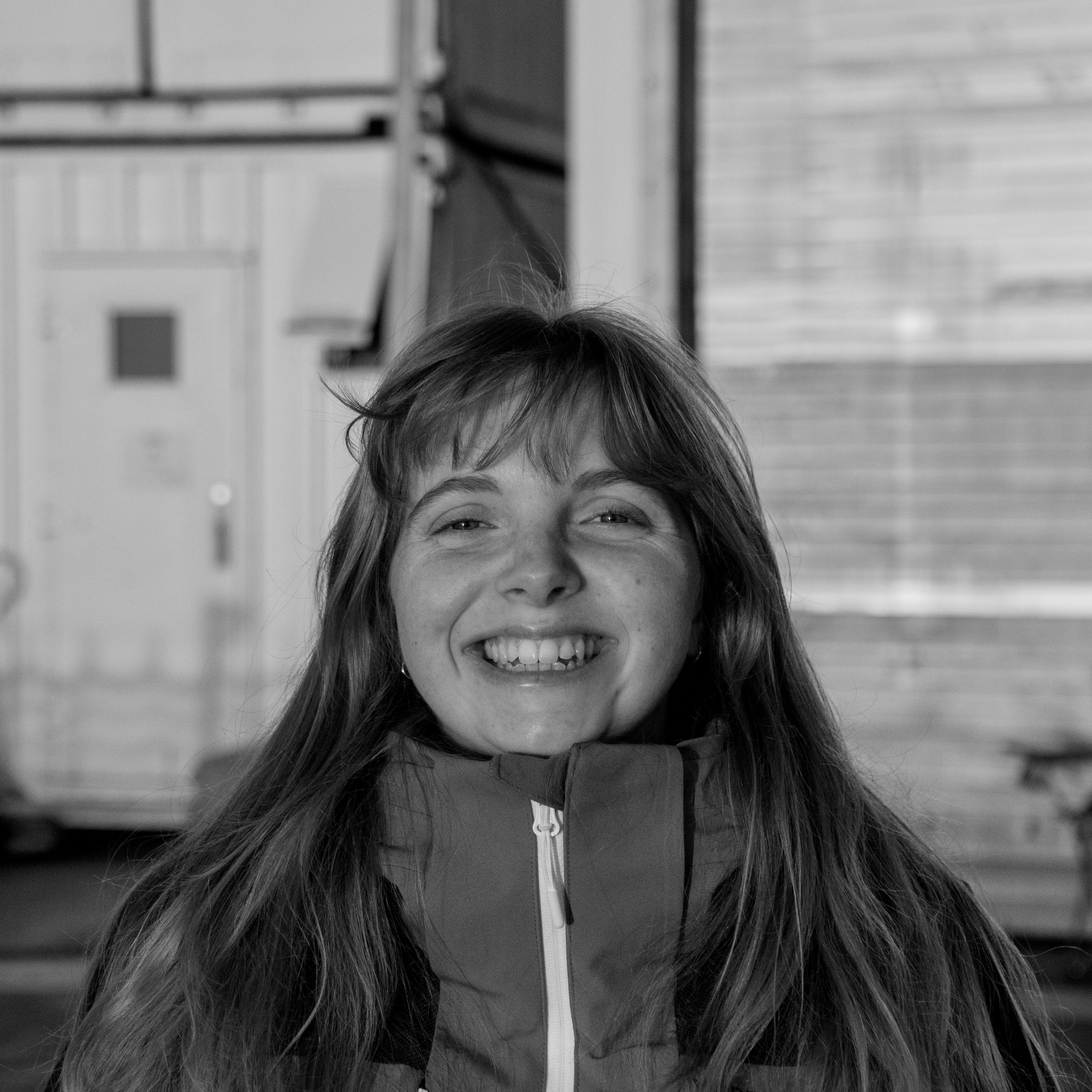
Lucie Bourreau
PhD Student"I work on the functional traits of Arctic copepods to better understand what drives the emergence of these traits in this ecosystem"
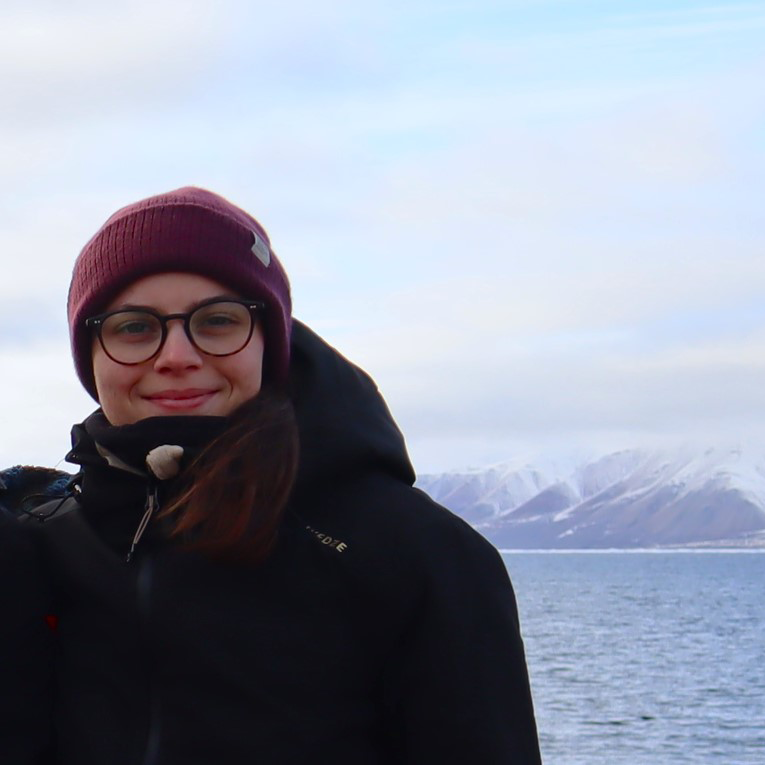
Élodie Bracquart
PhD Student"My project combines high-resolution bathymetry, satellite imagery, and sediment cores to better understand the evolution of marine-terminating glaciers"
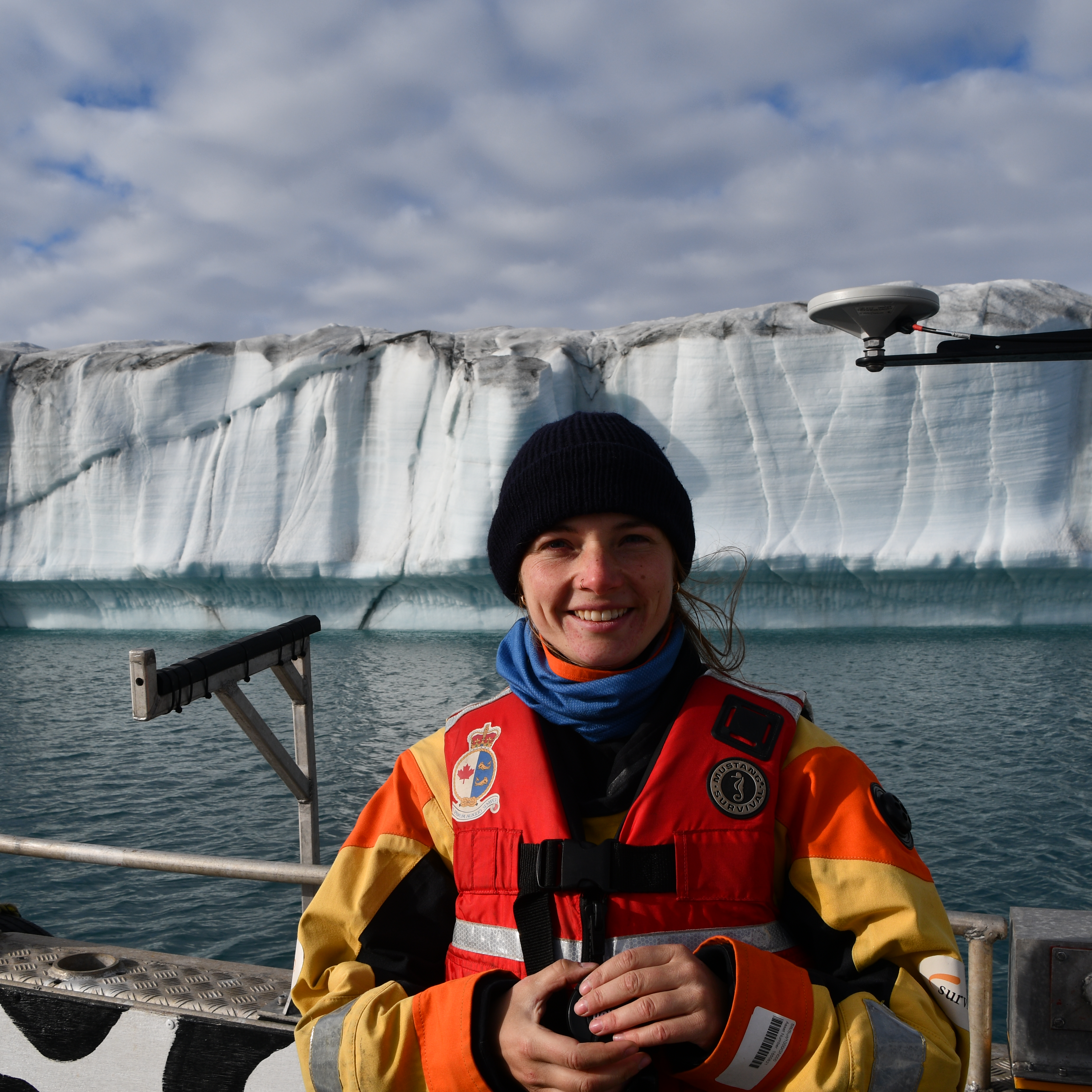
Kerstin Brembach
PhD Student"I work on the geomorphological and sedimentary signatures of tidewater glaciers to reconstruct glacier history and to identify drivers of glacier behavior"
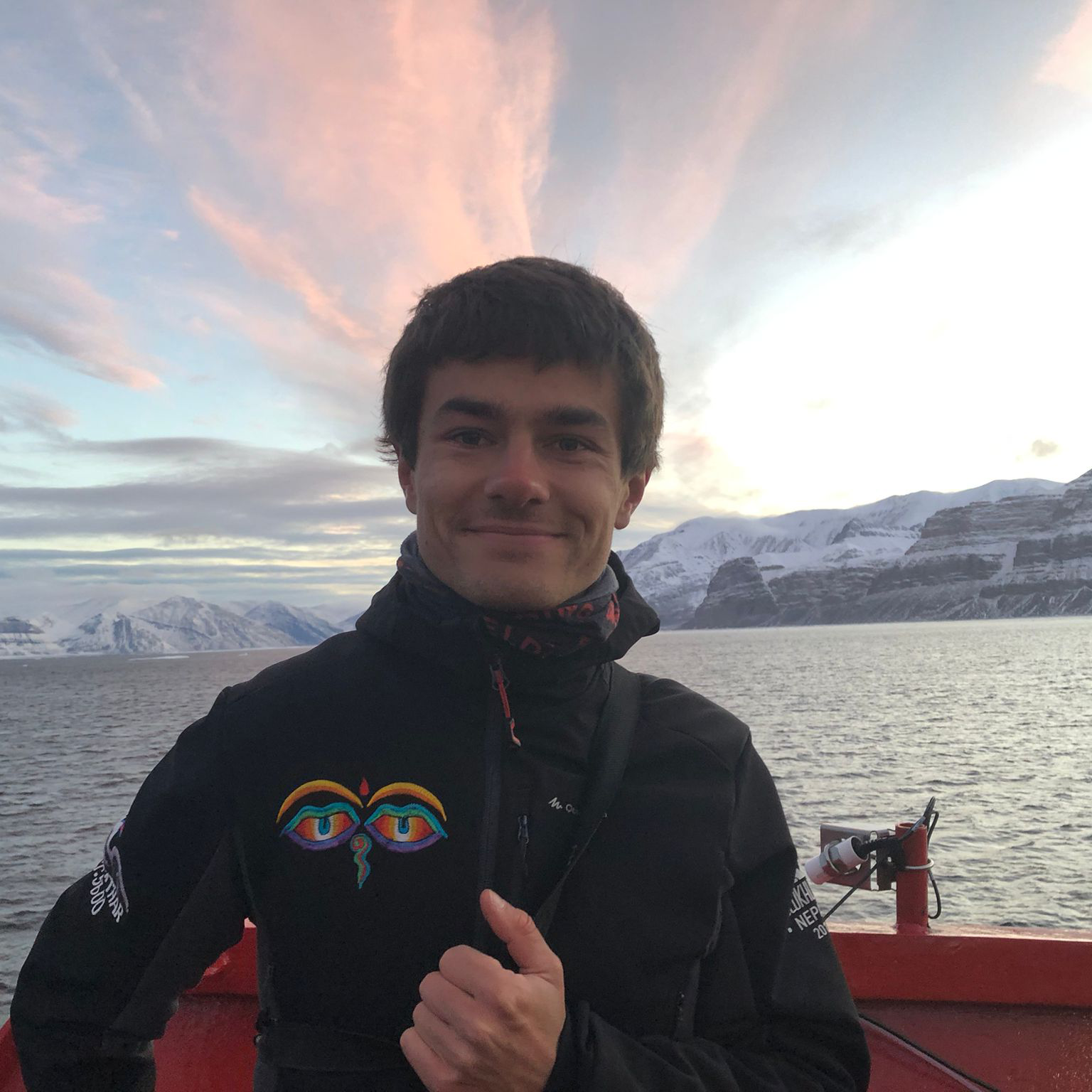
Thibaud Combaz
PhD Student"I aim to study how the southward flow of Arctic meltwater into Baffin Bay is affecting benthic ecosystems"
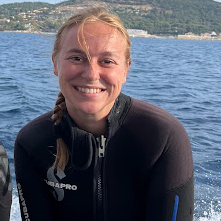
Coline Donat
Msc Student"My work focuses on the relationship between prokaryotes, methylmercury and dissolved organic matter"
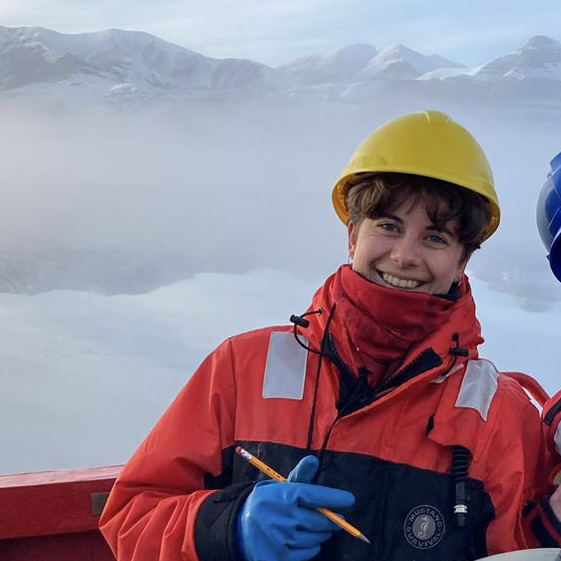
Zoé Garmirian
PhD Student"My PhD focuses on the interplay between phytoplankton, zooplankton and particles in the biological carbon pump in the Arctic Ocean"
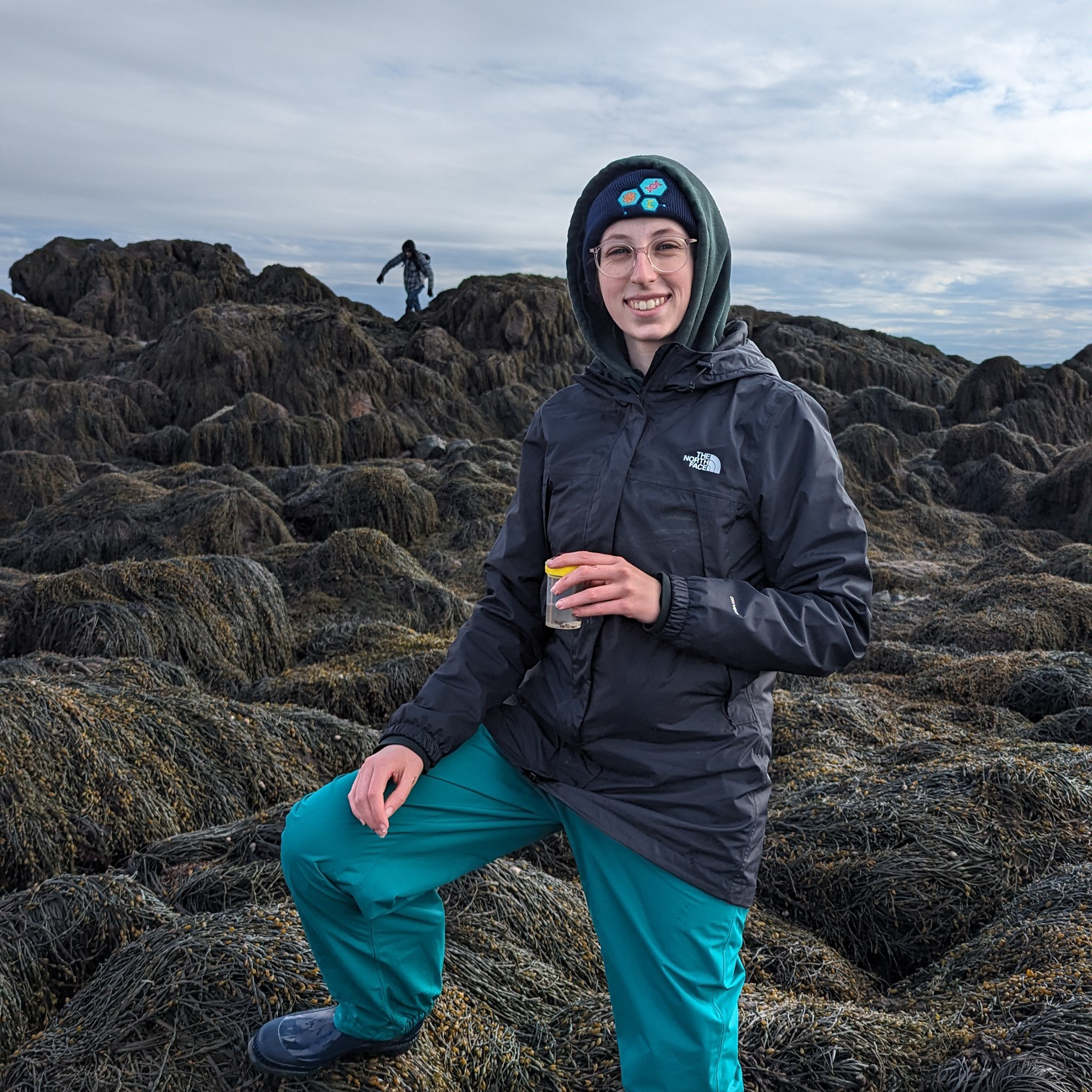
Camille Guité
Msc Student"I study the variation in benthic food web dynamics, using starfish, along a gradient from the High Arctic to the Gulf of St Lawrence"
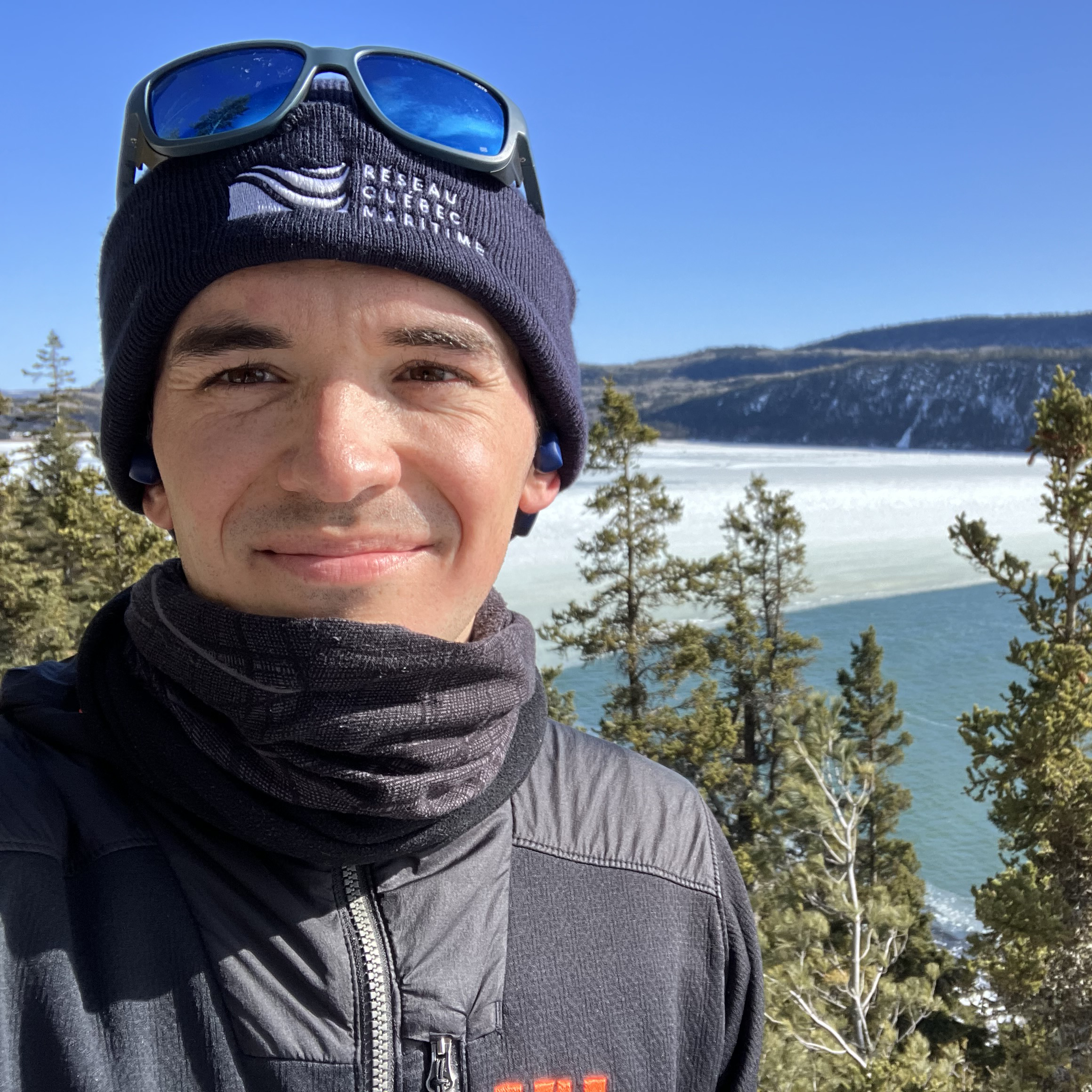
Sébastien Kuchly
PhD Student"I am studying mechanical properties of sea ice floes and their interaction with swell in order to improve Arctic climate models"
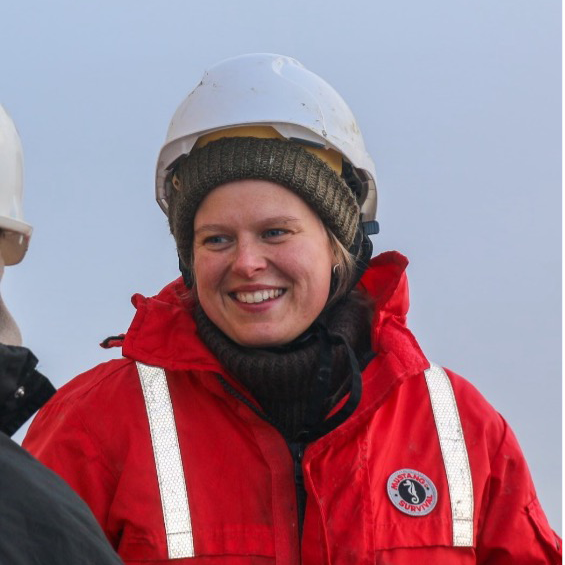
Anna Bang Kvorning
PhD Student"My PhD project aims to improve understanding of cryosphere and ecosystem changes in sensitive Arctic areas during the Holocene"
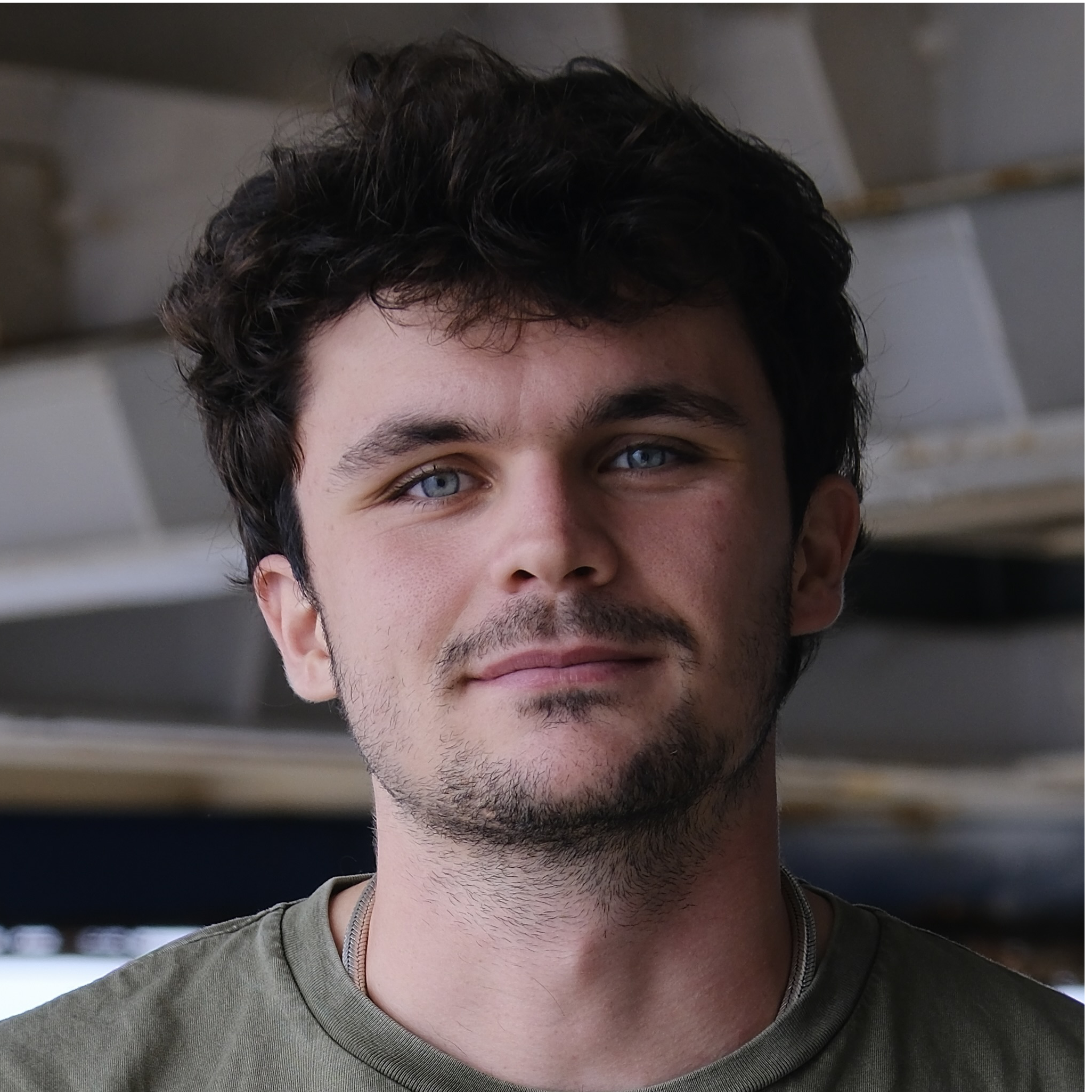
Auguste Lugrin
Future PhD Student"My work focuses on the study of salinity changes in regions with deep-water formations, through the analysis of 18O/16O and 2H/H isotope ratios"
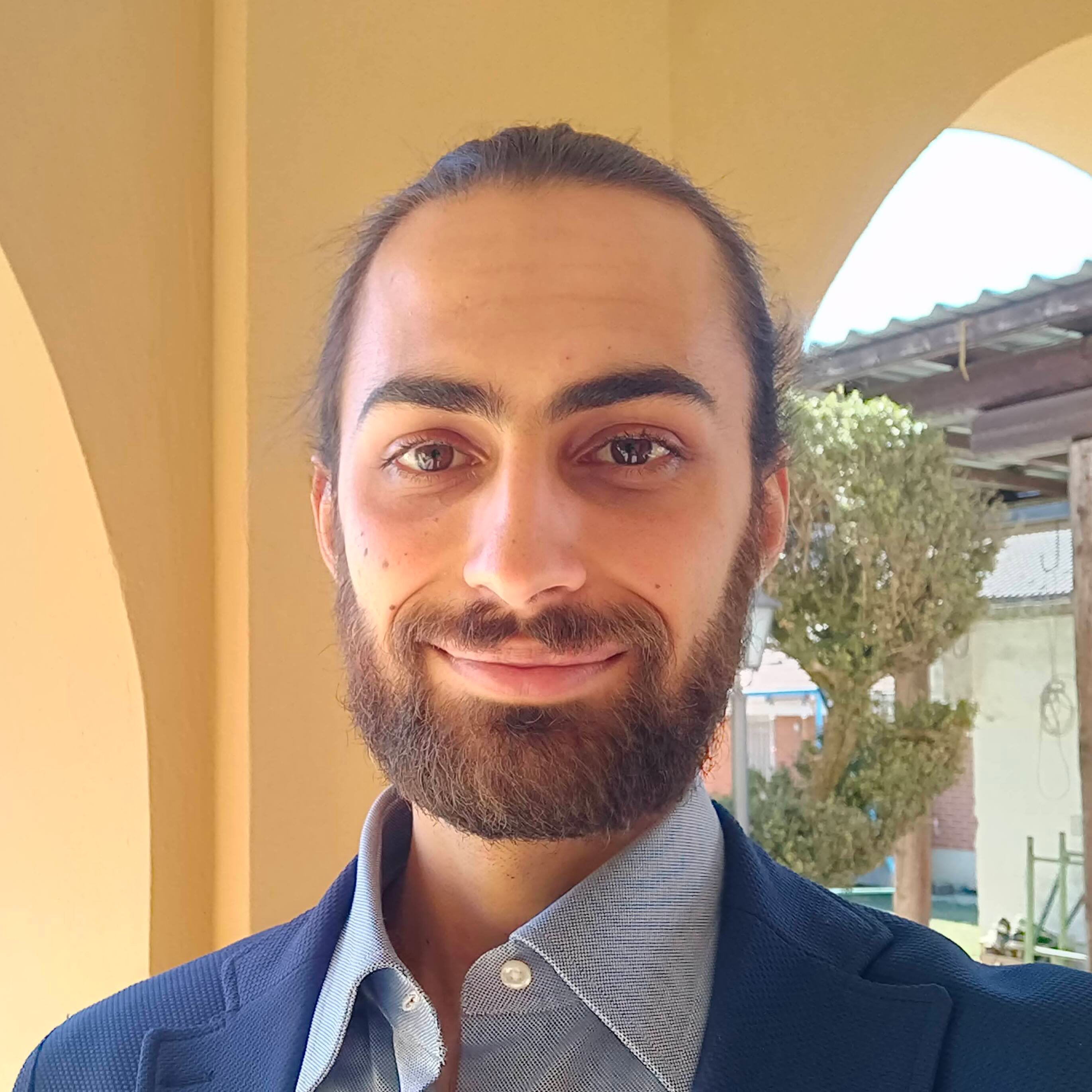
Davide Mattio
PhD Student"My research investigates how climate-induced changes in the Arctic cryosphere influence the biogeochemical cycling of mercury"
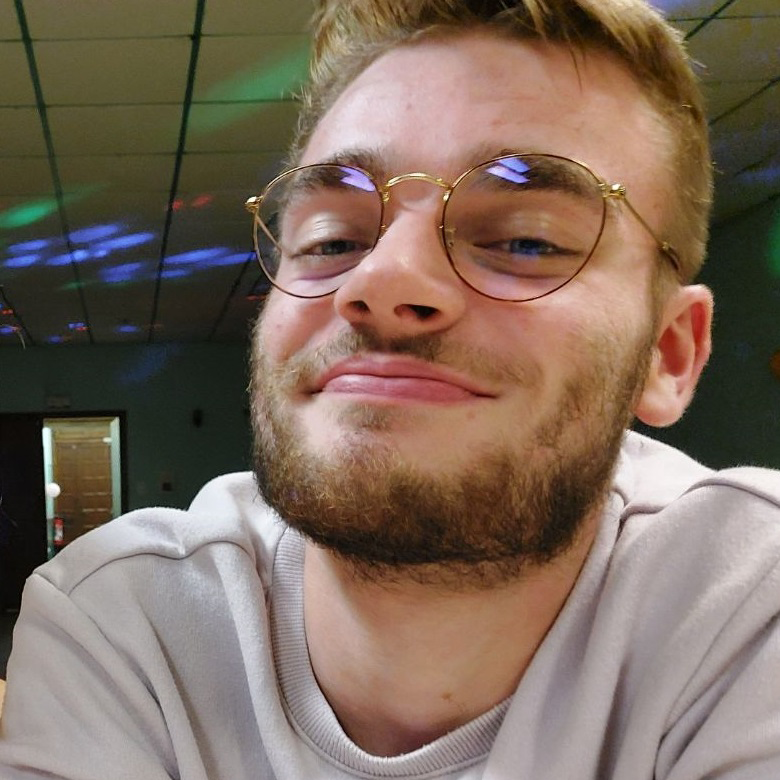
Nathan Nault
PhD Student"My research focuses on the relationship between organic matter and bacterial communities"
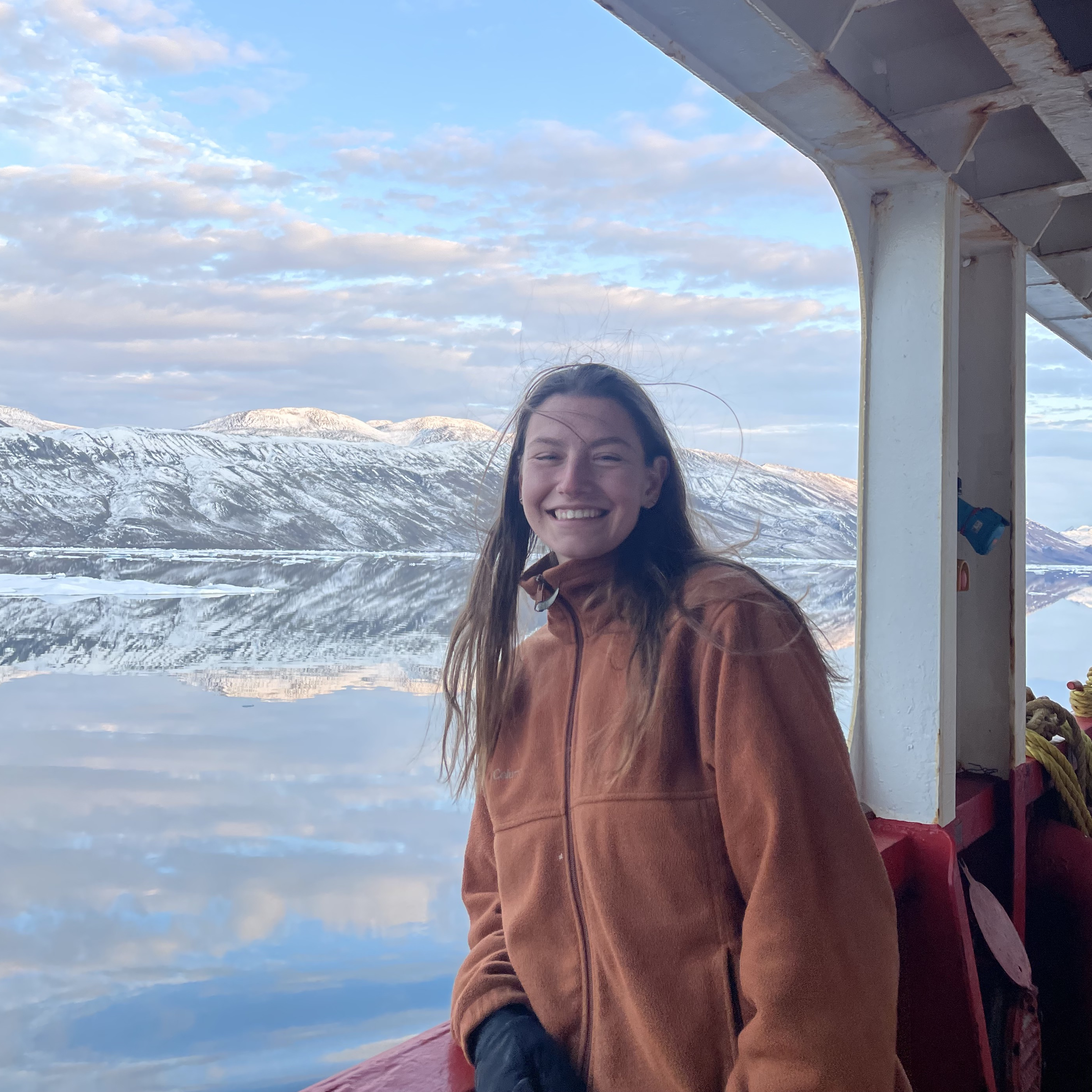
Sofie Ohrling
Msc Student"I am studying trace metals to understand their distributions throughout fjords along Ellesmere Island and Greenland"
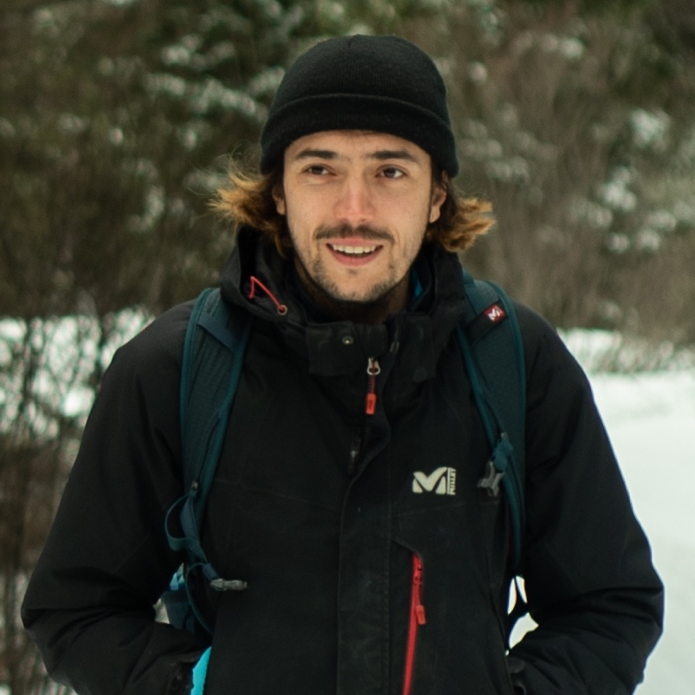
Arthur Plassart
PhD Student"I study ecophysiological mechanisms of polar phytoplankton acclimation and their impact on communities"
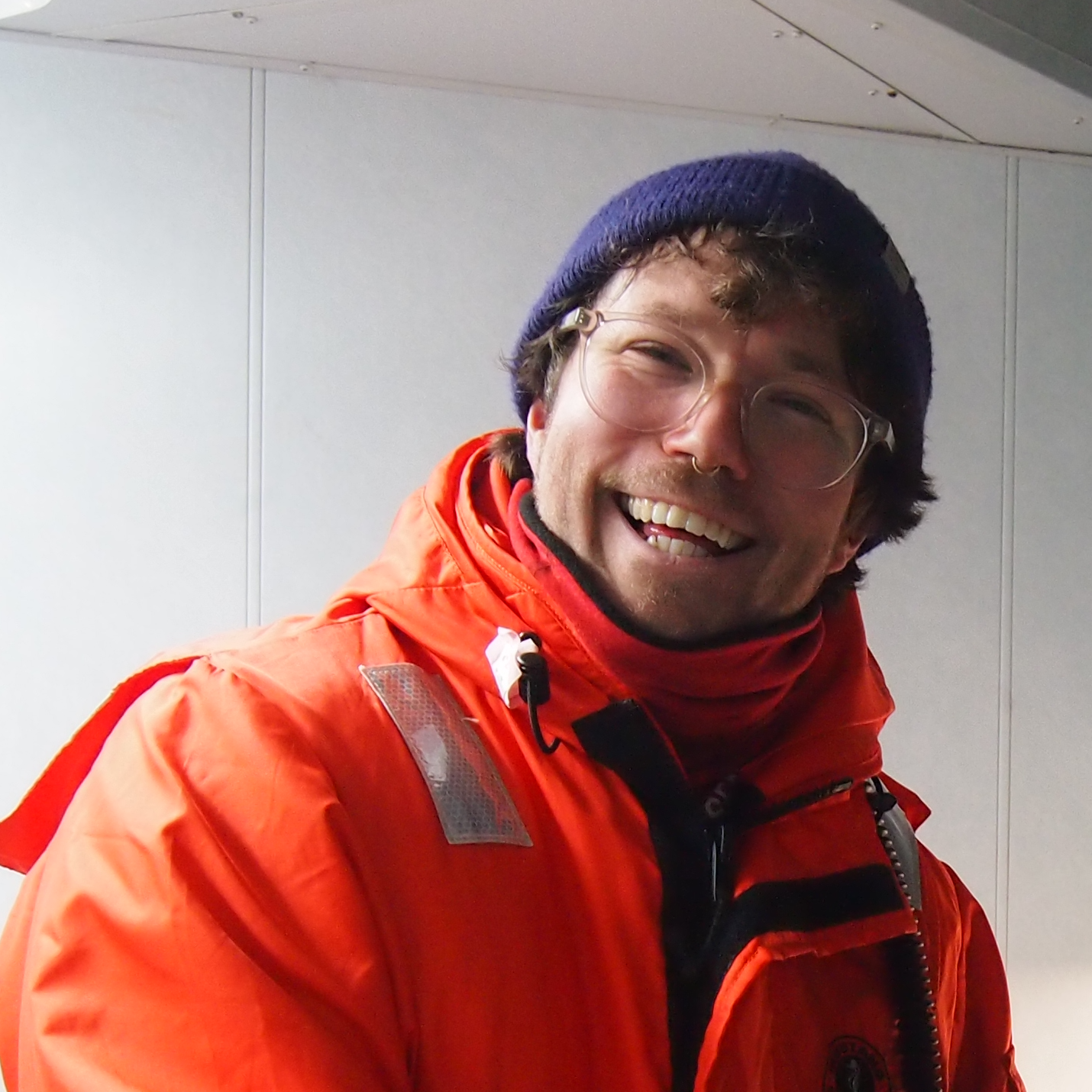
Bastian Raulier
PhD Student"My work focuses on the microstructure of sea ice and its macro- and micro-scale impact on radiative transfer"
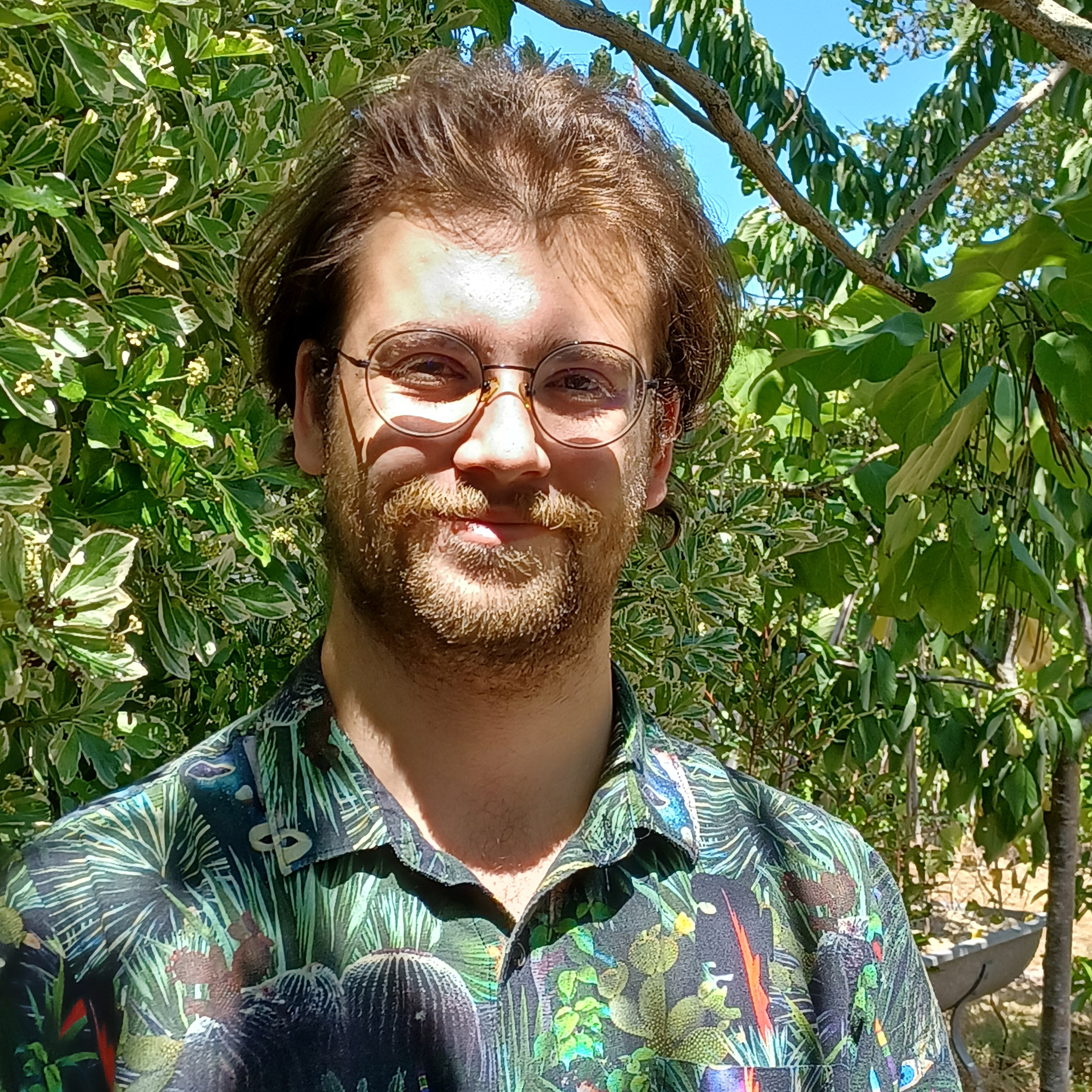
Swan Schluk
PhD Student"My project focuses on two aspects of the carbon cycle: ocean acidification in the water column and the origin and degradation pathways of carbon sequestered in the sediments"
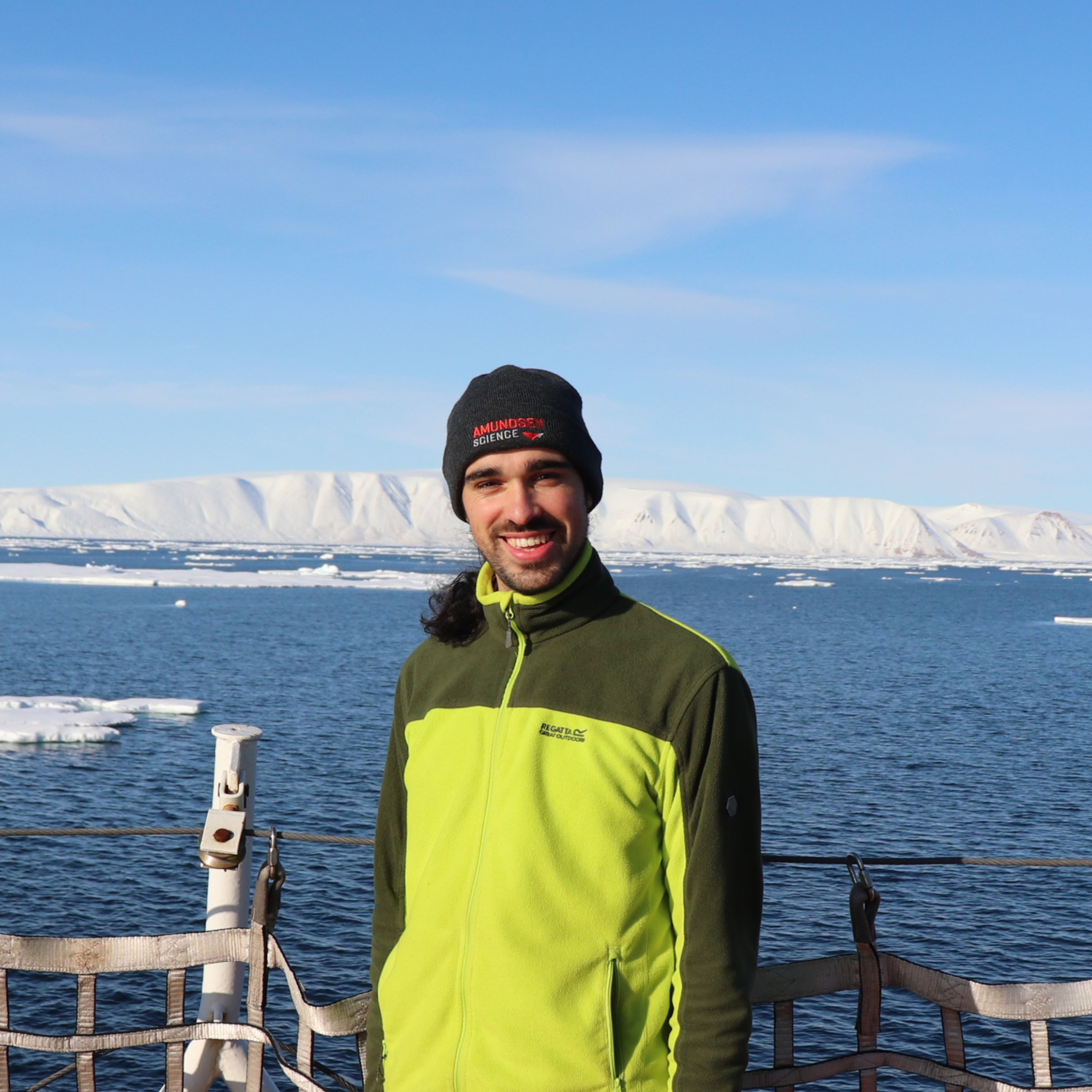
Theo Segur
PhD Student"My project focuses on modelling the impact of different public policy scenarios on plastic and microplastic pollution"
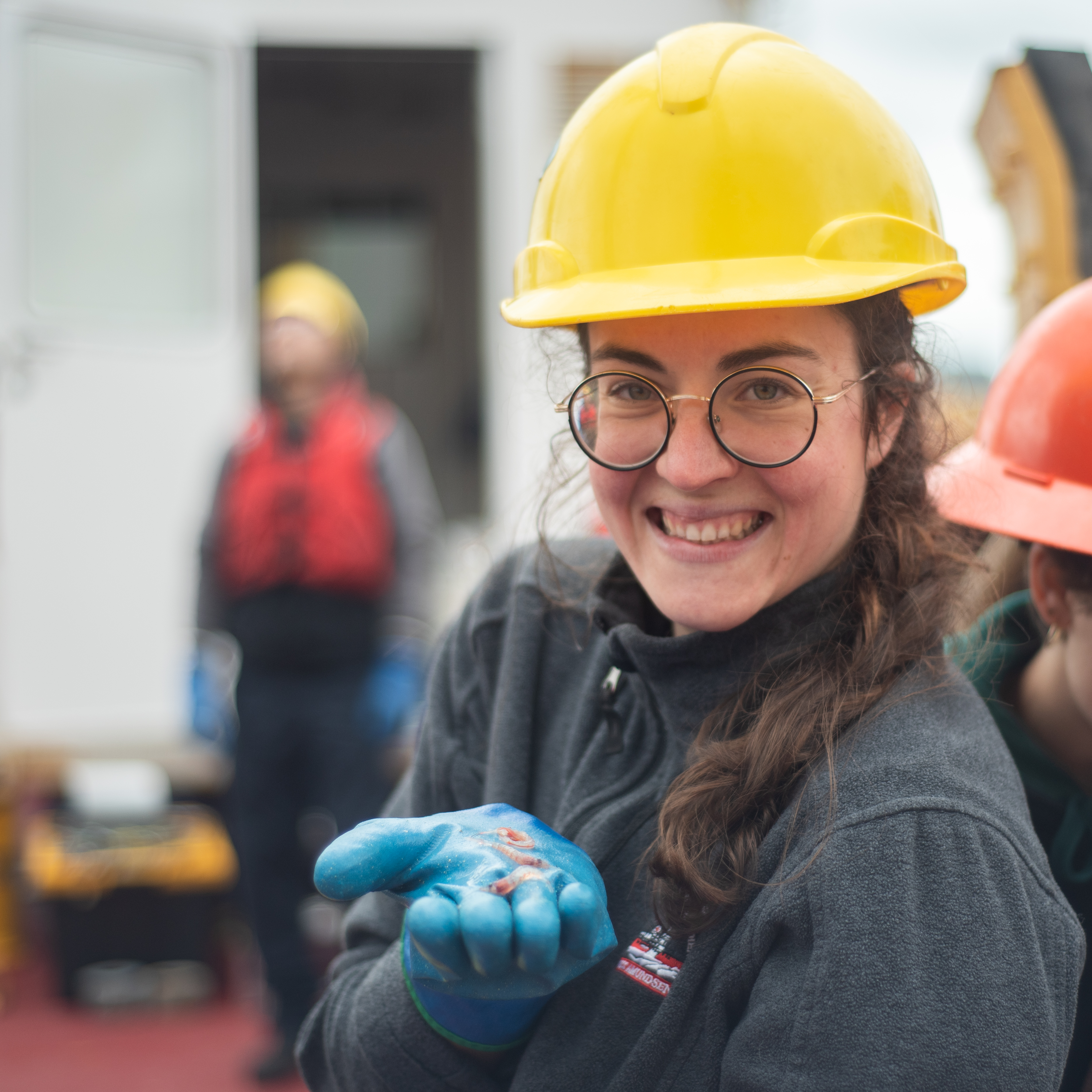
Laure Vilgrain
Postdoctoral fellow"I am working on the connectivity of zooplankton communities at the Arctic-subarctic front in the Labrador Sea, near a future Nunatsiavut marine protected area"
